By G. Paul Garson
On May 13, 1940, the German army invaded France, crossing the River Meuse at Sedan. Upon France’s capitulation, the Franco-German armistice was signed on June 22, and a portion of France was placed under German occupation, with the remaining area ostensibly left to its own, with the Vichy collaborationist government in control.
When the Germans surprised even themselves by conquering France in six weeks, they were confronted with a somewhat unanticipated problem of coping with thousands of prisoners, among them a large number of colonial conscripts from Algeria, Morocco, Senegal French West Africa, and even some from French Indochina.
Pursuing a Twisted Racial Ideology
While the Germans considered the Senegalese and Moroccan soldiers fierce fighters, the Third Reich, in its racial war, classified blacks as subhuman and many were executed upon capture. Others were worked to death in Nazi construction projects or died of abuses suffered in concentration camps.
This treatment of blacks was foreshadowed in 1936 when the Germans reoccupied the industrial area of the Ruhr Valley. They were faced with the problem of racially mixed children, the result of French colonial troops stationed in the Rhineland following World War I. The area had been ceded to the French in 1923 when the Germans defaulted on their war reparations payments mandated by the Versailles Treaty. Virulent propaganda characterized the black soldiers as rapists and the spreaders of venereal diseases.
When the Germans annexed the area and reoccupied it, they discovered some 800 children who were the offspring of the black colonial soldiers. Hitler’s fledgling Nazi Party used the opportunity to blame the Jews for allegedly importing blacks into the area to contaminate German blood. The children were rounded up and “relocated” while many of the older progeny, called “Rhineland bastards,” were forcibly sterilized to “cleanse” German soil.
A number of German soldiers’ snapshots that survived the war focus on the French colonials. Often the Germans seem amused by their captives and with smiles show them off to the camera as “souvenirs.” Other German soldiers photographed with colonial prisoners stare at them with unbridled malevolence.
The Nazi agenda of biological racism found general assent throughout the German population and eventually transferred to the treatment of those black POWs who came under the domination of the Third Reich. In this world view, the German aryans stood at the zenith, all others were beneath them in descending order beginning with the Nordic Scandinavians followed by the western Europeans. Far down the Nazi hierarchy were the Slavs and below them the blacks, who were surmised to occupy the obscure boundary between human and primate.
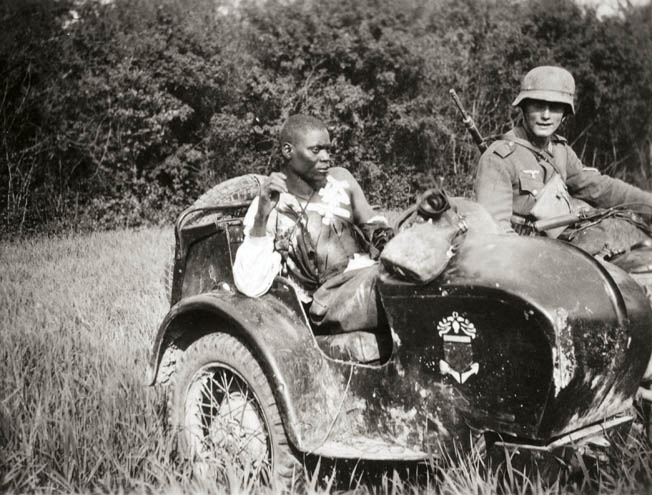
Jews were not even included in this breakdown of racial distinctions. The delineation emphasized the Nazi viewpoint that Jews lacked even a connection to the inferior races but existed as a separate “anti-race.” While there was no formalized Nazi program for the systematic elimination of black peoples, they were subjected to sterilization, medical experimentation, incarceration, brutality, and murder.
Anti-Black Racism in Germany
While few Germans outside large cities had ever seen a black person, anti-black racism had developed in Germany’s African colonies to the extent that the Reichstag, or German parliament, enacted legislation banning mixed black and white marriages in the colonies. This racism was imported to Germany after World War I by German colonialists who returned to the Fatherland after control of those African colonies was revoked by the Treaty of Versailles. Both before and after World War I, some Africans had emigrated to Germany where they would eventually become victims of the Third Reich.
In his post-Mein Kampf writings, Hitler, a veteran of World War I, often expressed his anti-black attitudes hand in hand with his anti-Semitic pronouncements. For example, he wrote in 1928, “…as France declines in her own people’s power, this state proceeds to the opening up of her reservoir of black people. Thus a danger of unimaginable proportions draws near for Europe. The idea of French Negroes, who can contaminate white blood, on the Rhine as cultural guards against Germany is so monstrous that it would have been regarded as completely impossible only a few decades ago. Surely France itself would suffer great harm through this blood-pollution….”
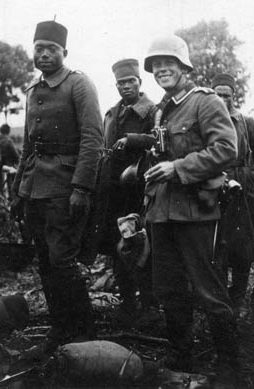
German laws went into effect prohibiting mixed black-white children from attending universities and excluding them from most occupations, including military service. Just as Hitler ordered a moratorium on overt anti-Semitic activities during the 1936 Berlin Olympics, 18 black athletes on the U.S. team were “allowed” to compete.
Much to Hitler’s displeasure, Jesse Owens won four gold medals and became the star of the XI Olympiad while other black athletes also stepped onto the podium to receive medals. After the Olympics ended, the Third Reich again targeted those, including blacks, whom it deemed undesirable. The following year, the Gestapo was searching out “mixed” individuals for sterilization while others were funneled into experiments or simply disappeared.
Even some African American civilians were interned during the war, including jazz singer Valaida Snow and artist Josef Nassy. Jazz itself was characterized in Germany as a black cultural and racial threat, even though swing music was very popular with young Germans and members of the SS formed swing bands made up of prisoners in concentration camps. As Germany ignored the Geneva Convention, American black servicemen faced horrific treatment in concentration camps and at the hands of their captors. Among these were U.S. Merchant Marine sailor Lionel Romney, who was sent to Mauthausen, and pilot Lieutenant Darwin Nichols, who suffered in a Gestapo prison.
While estimates of French military deaths during World War II range from 40,000 to 120,000, the number of French Colonial soldiers killed or executed by the German military is unknown. Some estimates run as high as 10,000, while thousands of others succumbed in POW camps.
While many spent years as prisoners, those who came under the authority of Vichy France were often sent to protect French interests abroad against the foes of the collaborationist government. By 1943, the tirailleurs, or colonial riflemen, were again utilized by Charles de Gaulle’s Free French forces, fighting for the liberation of Europe.
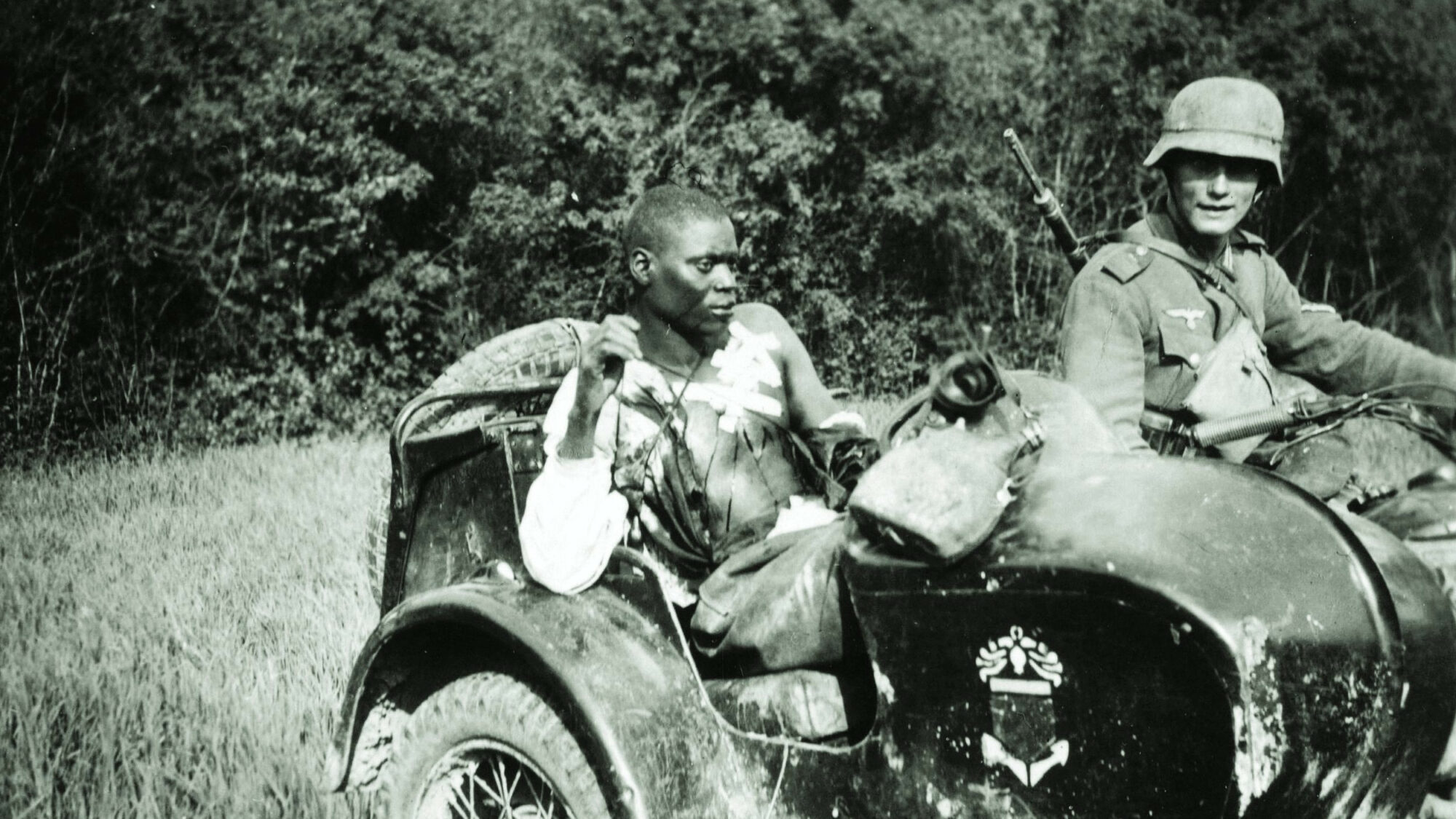
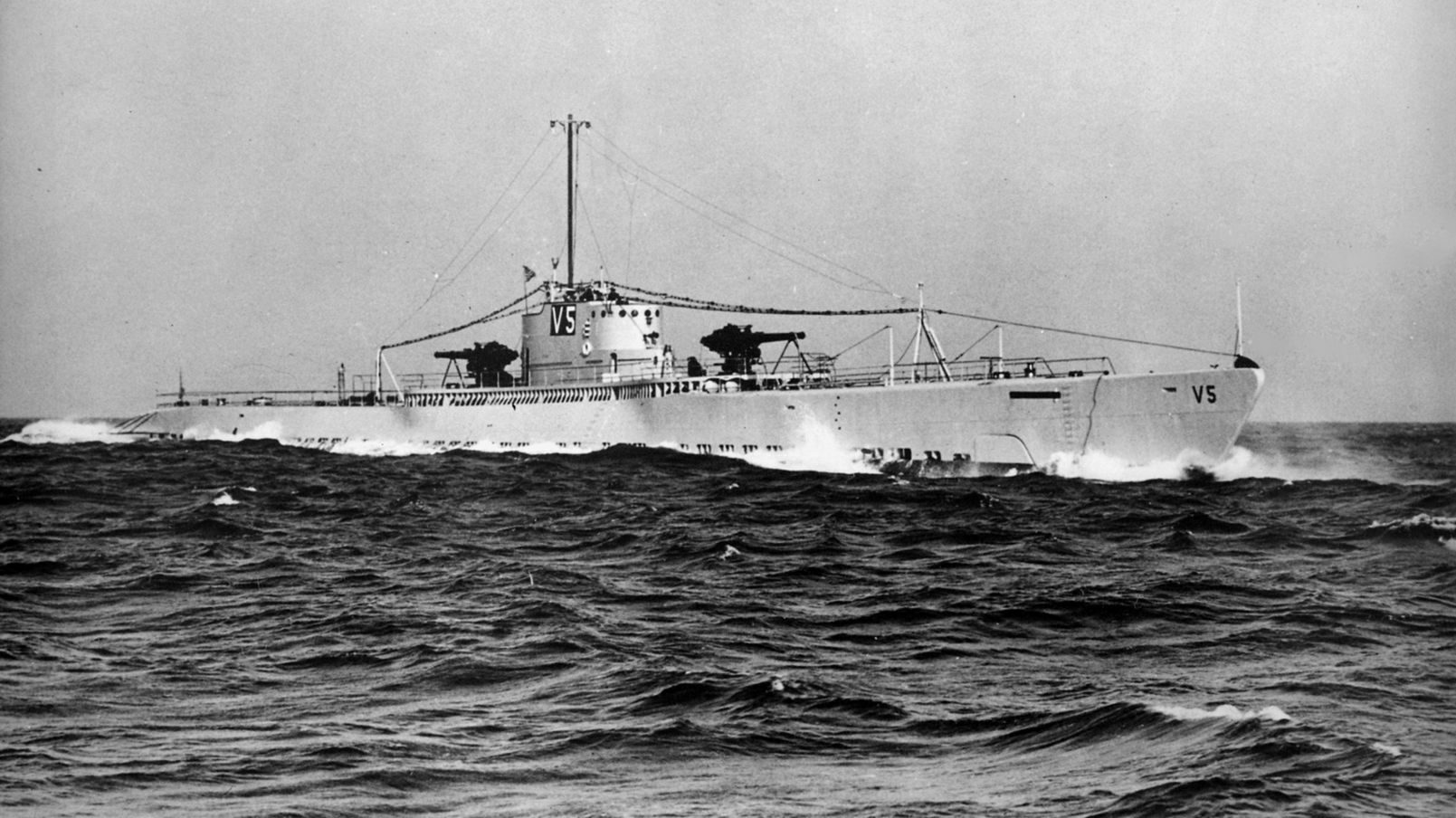
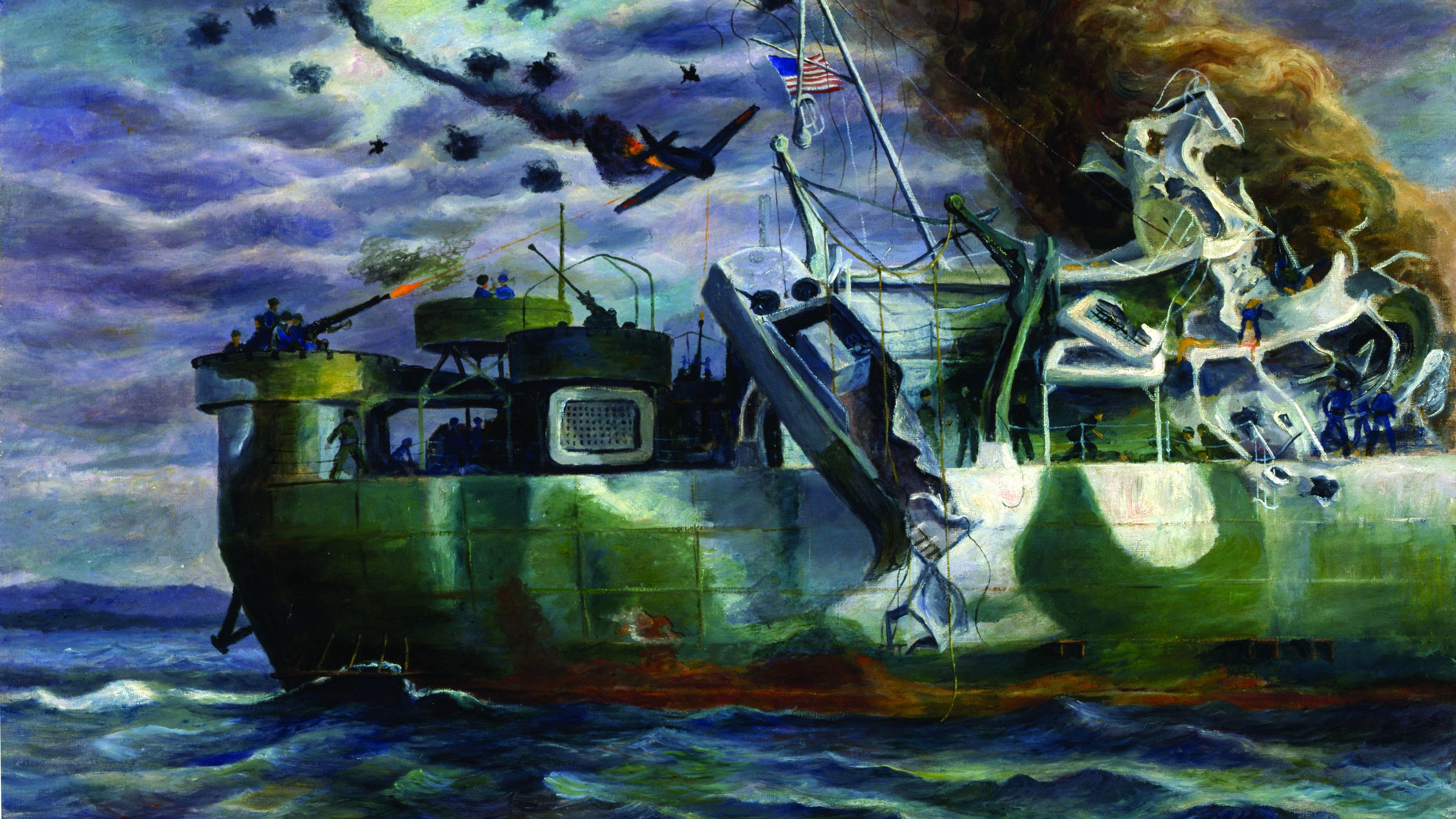
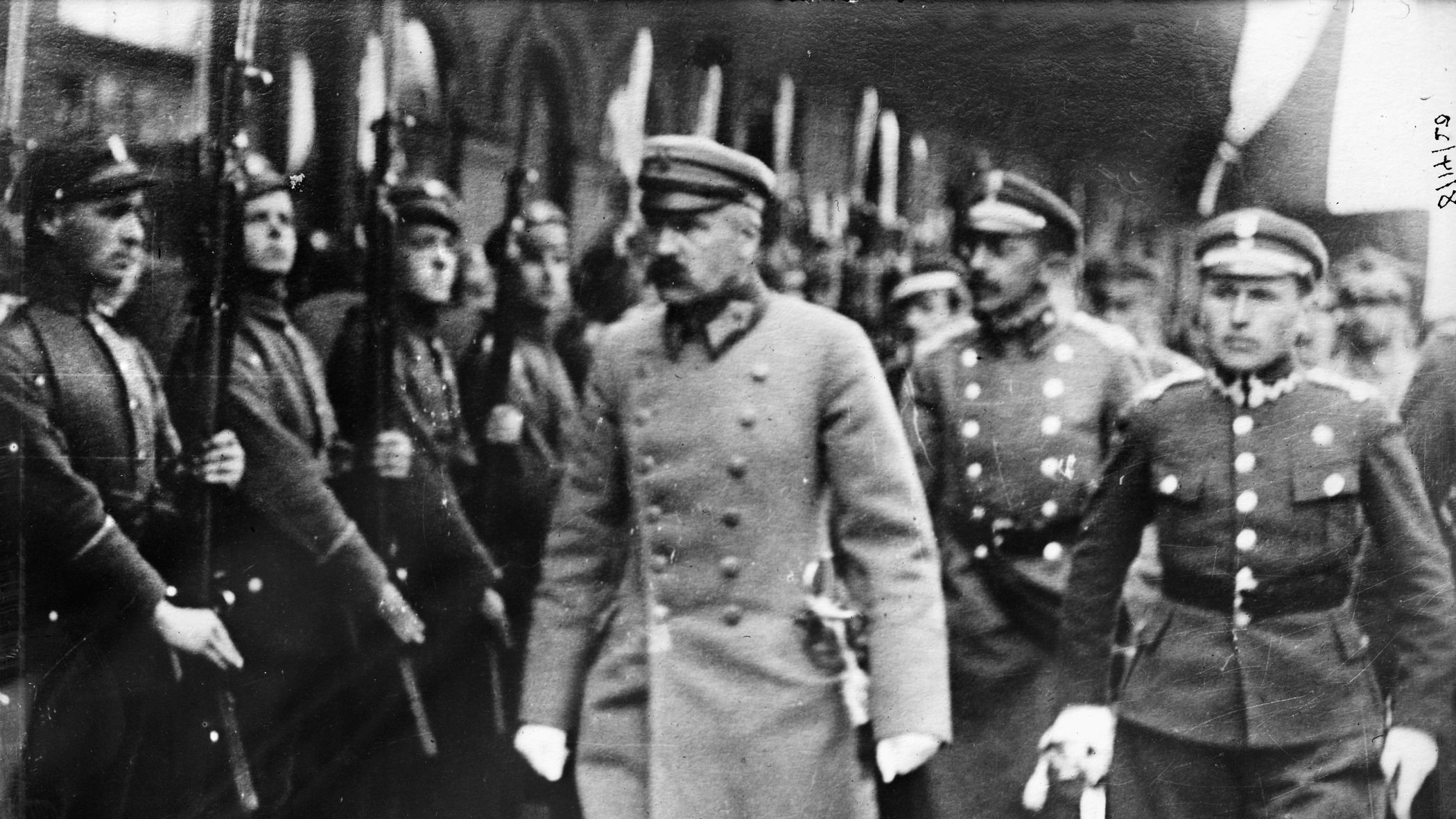
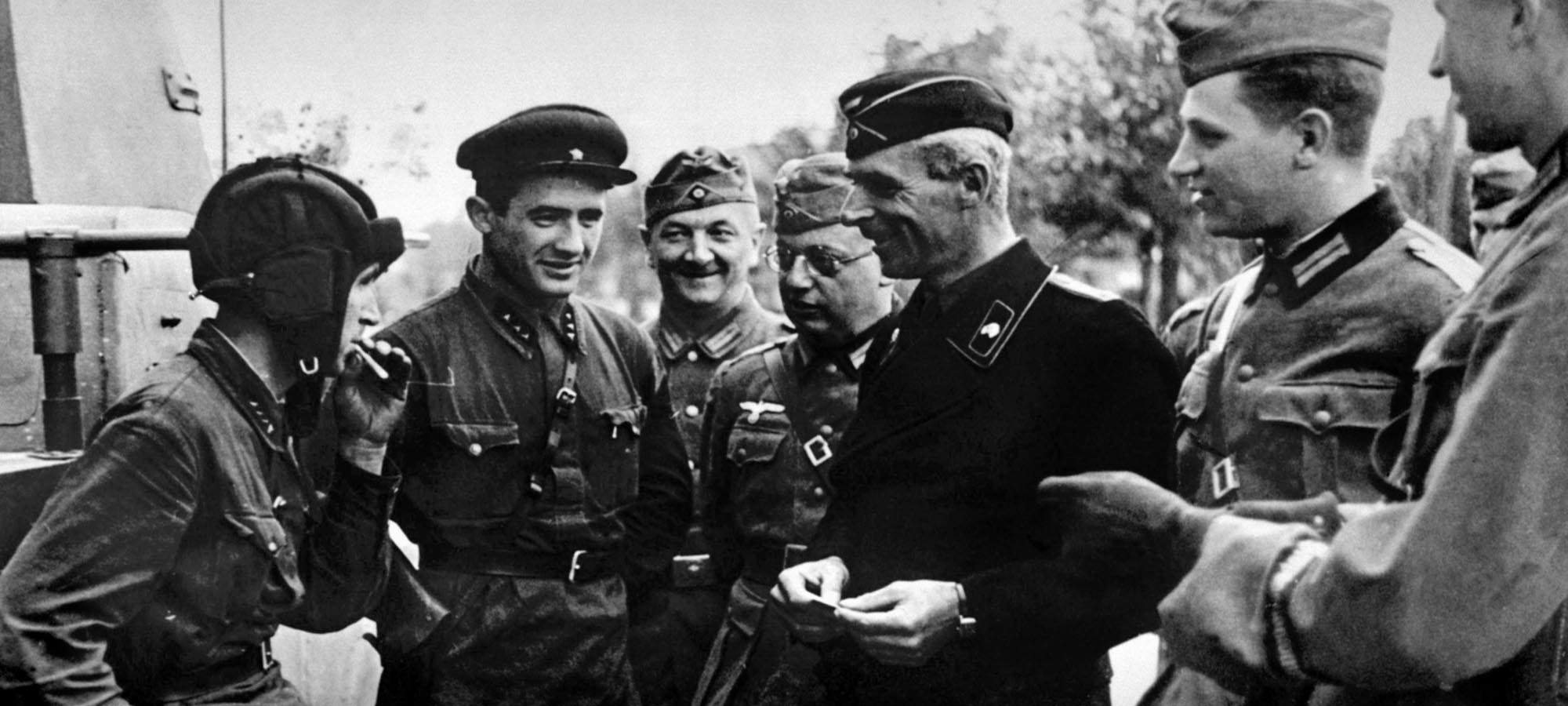

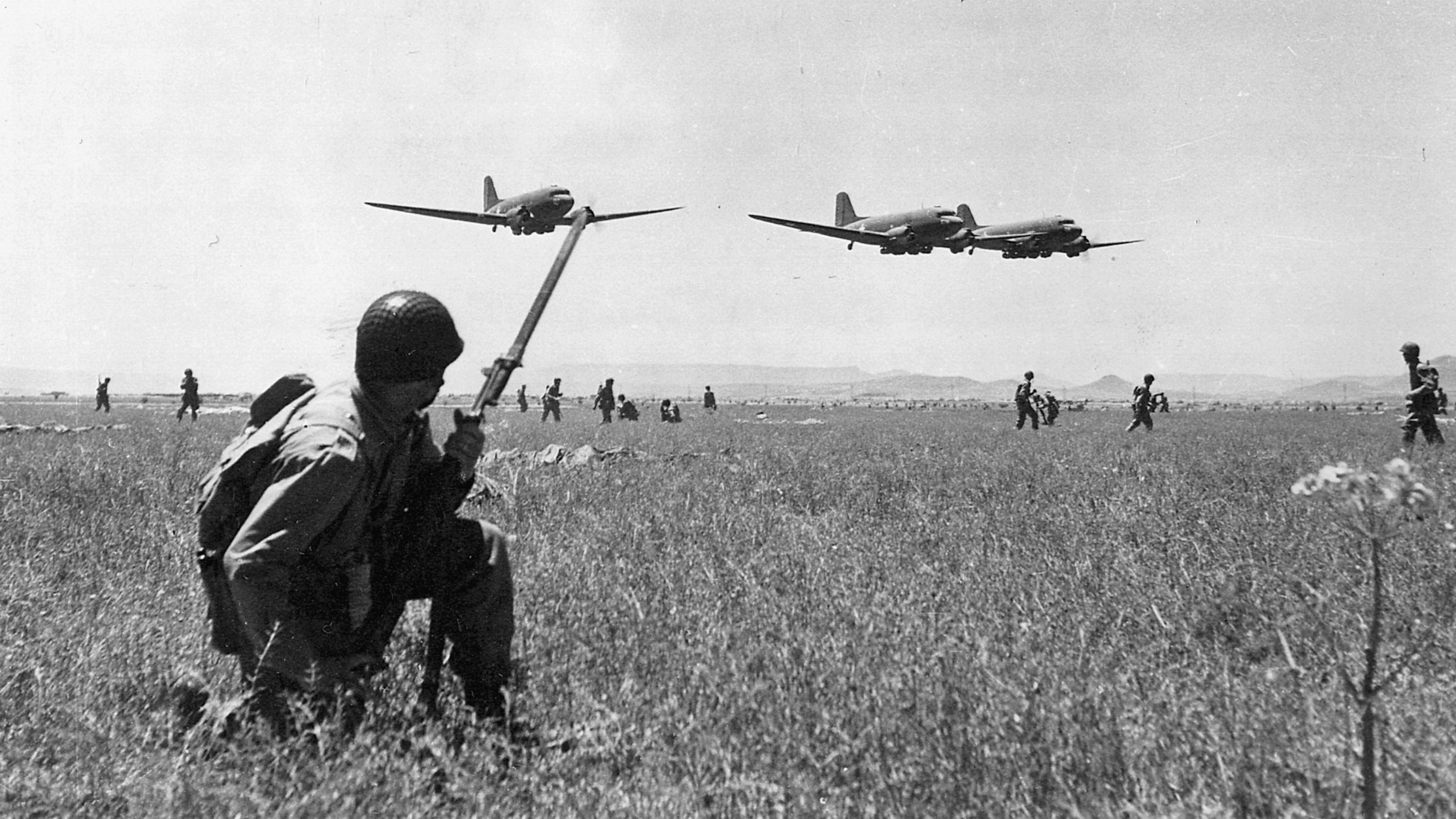

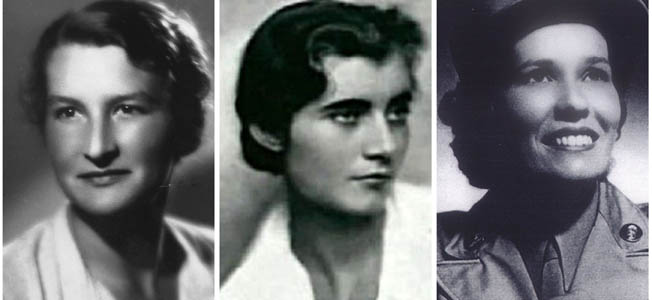
My father S.Sgt George E. Shomo was a POW in WW2. Capture at the Battle of the Bulge.333FAB. Dec 1944
Are there any documentaries regarding black POW’s in concentration camps? I’d be very intrigued to watch and learn more about this. I knew that there had to be black POW’s in Germany or other Nazi occupied countries, you just never hear about it. Were there any survivors? Were they tattooed like the Jews, Gypsies, political prisoners, and others? If you can point me in the direction of any information, it would be greatly appreciated!!!
Hello,
Please let me know if you come upon any information on black soldiers/airmen captured by German forces during World War 2.
Thank you
Gary
I remember reading in a couple different books some accounts of African American POWs; mainly aircrew. Their accounts said that they were treated very correctly by the Germans, and I also remember reading that only six black American service members died in the German camps.
Here is a story we published several years ago about African American soldiers likely killed by SS troops during the Battle of the Bulge.
https://warfarehistorynetwork.com/2019/03/07/a-hidden-massacre-in-belgium/
This is more a propaganda that a fact… I am a black Canadian, my father fought during ww2 in the Canadian army and was prisoner and went in a Stalag and was always well treated… most Nazis weren’t anti-blacks they were anti-mixed race… the first Senegalese president survived after saying « Long live Africa »…
Hi James,
Your father’s story sounds fascinating.
We would love to hear more about how he contributed as a Canadian hero during the war.
Feel free to reach out via email [email protected]
It seems that this article rely too much on “the Nazis were racist so the Blacks must have suffered as POWs” which is not a dumb reflex to have as the Nazis were, indeed, big racist dumbfucks, and anyone not agreeing should go back to elementary school – but it shows a lack of research on the subject. A French collective historical work attests that French colonial troops were very often well treated after entering the German POWs system (even though many massacres occured during the battle of France). They were sometimes favorised even ! Especially Maghrebian troops for which the Nazis wanted to mobilize their Islamic identity against the colonial power that was France. With them, it seems that the “more colored” POWs like Senegalese troops were able to enjoy such advantages. They were not even held in Germany, but in France in places called “Frontstalag” where the surrounding local French population was kinder to them (only like 3000 French colonial troops were taken in Germany, mostly people declared as “white”, so majoritarily maghrebian combattants). It wouldn’t be surprising that this schematic was similar for British colonial troops, and even African American captives : but the frustrating thing is that I don’t find any historical work about the POWs experience of those last ones ! It would be helpful to answer this question : “why did Nazi Germany overrode its racial principles towards ethnic minorities PoWs ?” A part of the answer would be the will to completely respect the international conventions towards countries that did sign them – but maybe there is something else.
My friends father was an African American medic, and was captured by Waffen forces. Surprisingly, they gave him a canteen of water, and some cookies before driving him off to Stalag 338 or 339. He spent about 5 days there before Allied soldiers freed them. According to my friends dad the Waffens were quite nice to him actually. Guess this is an exception
My great uncle, 2nd. Lt. Darwin Nichols, is mentioned in your article. He and his crew were shot down after a bombing mission on a synthetic oil refinery over Ruhland, Germany, September 12, 1944. All but one, 19 year old Fred Dahl, from Philadelphia, PA. survived the bailout before their B-17 bomber, the Dinah Might, exploded in mid air. Poor Fred, deployed his parachute while still on board, and fell to his death while holding his chute in his arms. The rest of the crew were taken prisoner, over scattered locations along the Dinah Mights doomed path. Uncle Darwin, co-pilot, and Lawrence (Sonny) Goodman, top turret gunner, were captured together. While being transported by train, Darwin escaped out of a lavatory window, during a water stop. He was re-captured, and instead of going to a POW camp, he was sent to a Gestapo prison in Giessen, Germany. He was held there for about 7 months, until March 27, 1945, just hours before the Americans liberated the prison, Darwin Nichols was taken out of the prison, hands bound, and shot in the back. His body was dumped in the Lahn River, and was found in the Weir a couple of weeks later.
There was a war crimes trial. Karl Lösch served 11 years for aiding and abetting, and the killer, Konrad Wald was never tried, because he died in a hospital in Hamburg, before the trial. 2nd. Lt. Darwin Nichols is interred at the Ardennes American Cemetery in Neupre, Belgium, Plot B, Row 31, grave 14.
Darwin and his crew were part of the 351st. Group, 511th. Squadron, 1st. Air division of the 8th. Air Force, stationed in Polebrook, Northhamtonshire, England.
I am sure it is not a surprise for you to learn that all of the rest of his crew mates are gone now. They all returned home after serving as POWs at various camps. I have made contact with a few of their family members. Brave and remarkable men, all!
My mother reported going to a prisoner of war camp with her father a pastor in Düsseldorf to pray for them when she was a preschooler. She remembered hearing African-American POWs sing Negro spirituals. After the war she learned Negro spirituals in the choirs in high school and college and loved the music so much that she ended up studying with Jester Hairston in Harlem when she was a foreign exchange student in the US. Can anyone else verify knowing of any African-Americans POW’s in Düsseldorf? She was very young when that happened
It seems confusing that Hitler was anti-black, but the Germans didn’t seem to harbor any natural hatred for them. In fact, my observation was that they were intrigued with them, and had an inborn liking for them.
I was in Germany for two years, around 1958-59, and observed how the German people reacted, generally, to blacks, and that they seemed to be much more accepting than American whites.